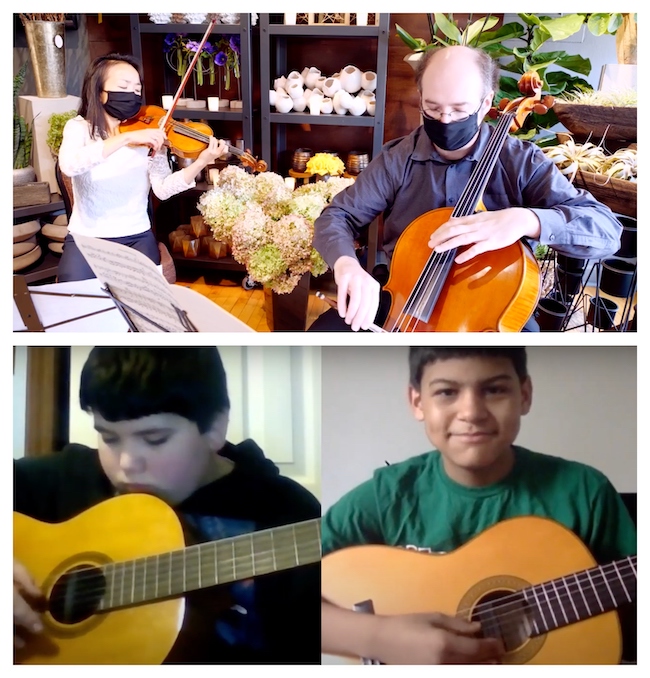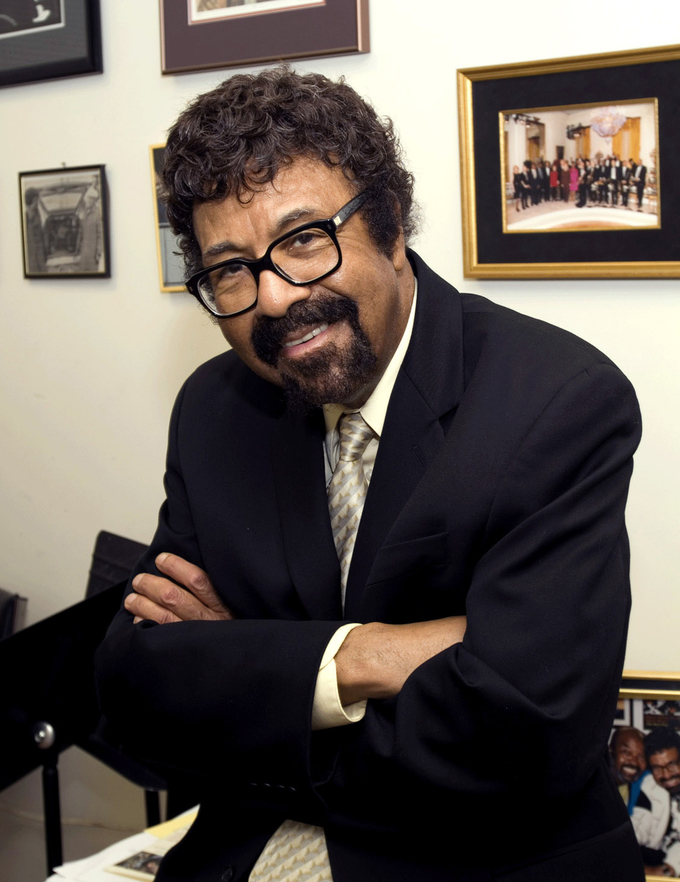by Jarrett Hoffman
MUSIC NEWS IN THE PANDEMIC:
A New York Times article covers the transition that orchestras and their staff have undergone to create virtual concerts, which, as you’ll find out, involve many more hours of planning and work than you may realize. And with quotes from music director Franz Welser-Möst and both the director and producer of the “In Focus” series (Michael Vendeland and Don McClung), The Cleveland Orchestra receives a good deal of attention from writer Joshua Barone. Read the article here.
And as reported in Consequence of Sound, “The United States Congress has agreed to a new bipartisan coronavirus relief package that allocates $15 billion in funding to independent movie theaters and concerts venues.” Also important to note: “The exact language of the legislation has not yet been released, so exact specifics regarding the aforementioned benefits are unclear.” Read the article here.
VIDEOS FROM THE ORCHESTRA & GUITAR SOCIETY:
Jessica Lee and Mark Kosower of The Cleveland Orchestra play the slow movement from Ravel’s Sonata for violin and cello at Stems Fleur in Cleveland Heights — the latest entry in the Orchestra’s Music Medicine series with the Cleveland Clinic. Kosower notes a timeless quality in the movement. “It’s almost as if it has been going on for eternity, and we just pick it up, then leave it, and it continues to travel on into eternity, kind of like the period of time we are in right now…” Watch here.
And students of the Cleveland Classical Guitar Society came together virtually to perform La Bamba (as part of their studies during Hispanic Heritage Month) and more recently, for obvious reasons, Carol of the Bells. Listen for the neat percussive effects built into the arrangements, and watch for some undeniable smiles, especially in La Bamba.
TODAY’S ALMANAC, MIDWEST EDITION:
We’ll focus on two Midwesterners today, starting in our own backyard with soprano Nadine Secunde, who was born on this date in 1953 in Independence, Ohio. After studying at Oberlin Conservatory and Indiana University, a Fulbright took her to Stuttgart. From there, her operatic career began to unfold in Germany and later internationally, with a particular focus on the music of Richard Strauss and Wagner.
Sharing an Indiana connection is multi-faceted jazz musician David Nathaniel Baker, who was born on this date in 1931 in Indianapolis, and who founded the jazz studies program at the IU Jacobs School of Music in 1968 — at a time when jazz was considered taboo in universities, and few such programs existed. He was also one of the original artistic directors of the Smithsonian Jazz Masterworks Orchestra.
A prodigious composer, Baker was also a trombonist and, after suffering a jaw injury, found success on the cello. In addition to that physical obstacle, the result of a car crash and then a misdiagnosis, he faced numerous obstacles of racism as a Black musician, including being shut out of symphony orchestras due to the color of his skin, and being fired from the faculty of Lincoln University in Missouri due to anti-miscegenation laws after he married Eugenia Jones, a white opera singer.
One of Baker’s most famous works is his Concertino for Cell Phones and Orchestra, which was premiered by the Chicago Sinfonietta in 2006. It’s interesting to go back and read The New York Times’ review of that concert, and to consider all the various ways that the classical music world has negotiated with cell phones over the years, not unlike negotiating relations with some global adversary, shifting from one strategy to the next. Something tells me that these days, phones are not on the list of any classical musician’s concerns.
Also born on this date: composer and guitarist Frank Zappa (1940), conductor and pianist Michael Tilson Thomas (1944), and pianist András Schiff (1953).




